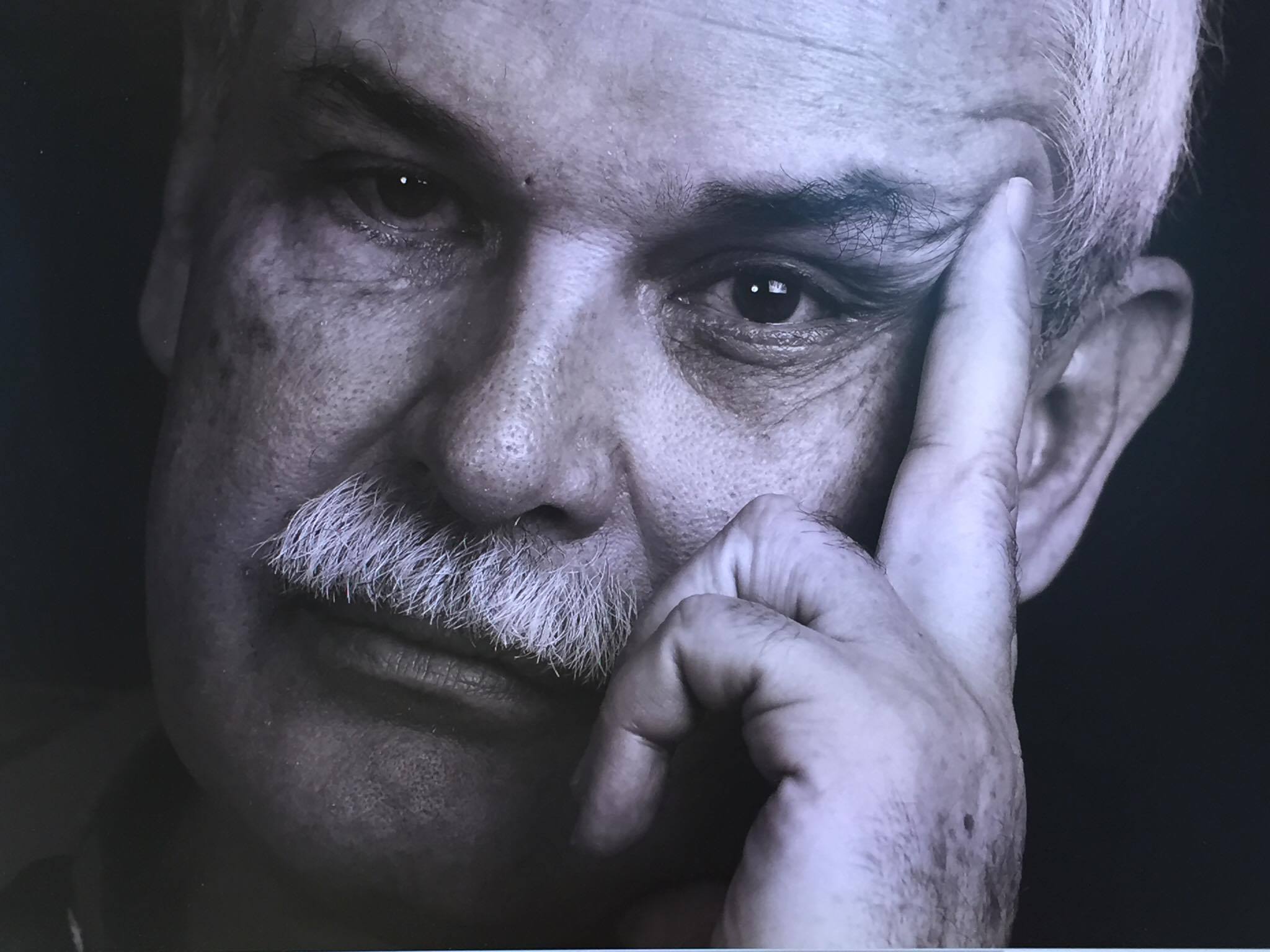
Biography
Biography: Jose Palomar Lever
Abstract
It is generally accepted that the pursuit of fitness through exercise is a great way to improve health generally. It also improves cardiovascular endurance and maintains strength and flexibility. However, we frequently experience various problems while training. The P-DTR concept of Neurological Health provides answers to all of these questions and offers a practical, very safe and effective solution to improve performance and avoid injury.
The core principles of P-DTR are based on neurophysiology laws.
CNS mainly gathers information from our sensory receptors. Everything that we can see, hear, touch, taste, and feel, together with all of the information from our muscles, ligaments, joints, and tendons is conveyed through these receptors. Our response to the world would be 90% reflexive; all of our movements are constantly controlled by our central nervous system.
Each type of receptor is stimulated and when the threshold for that receptor has been exceeded by the amount of stimuli, the stimuli are converted into electrical impulses. These electrical impulses form the afferent information that reaches the CNS with each type of input being relayed along their respective pathways.
The CNS receives this information, interprets it, and carries out a motor (muscle contraction or inhibition), endocrine (glands secretion), vegetative (redness of the skin, for example), or cognitive response based on the synthesis of all of the information that it has received.
The central tenant of P-DTR is to recognize that if the sensory receptor signal entering the CNS is in itself for any reason dysfunctional, then the brain has no option but to provide for a dysfunctional output with a compensation mechanism and that means some reflexes will be inhibited or over facilitated, which will result in a skeletomuscular imbalance. Visually, we can observe it in bad posture, bad gait, limited range of motions, and incapability of performing certain movements.
Conclusion:
Any sports activity at any level of intensity could be traumatic if the CNS is not properly organized. The optimal functioning of the CNS provides for optimal movements and healthy performance. Knowledge of the CNS assessment as well as its function and correction is vital in the fitness and exercise industry if injury is to be avoided and a high level of performance is to be achieved. Professional sports trainers and rehab specialists should be able to correctly assess and treat the priority cause of the problem to provide their clients with efficient sports activities.

